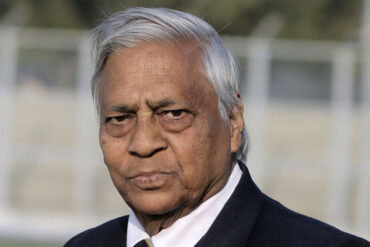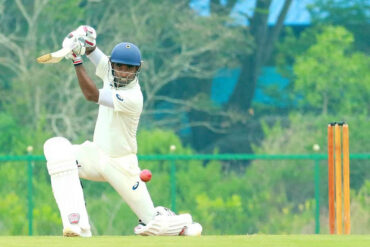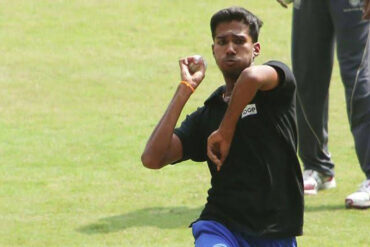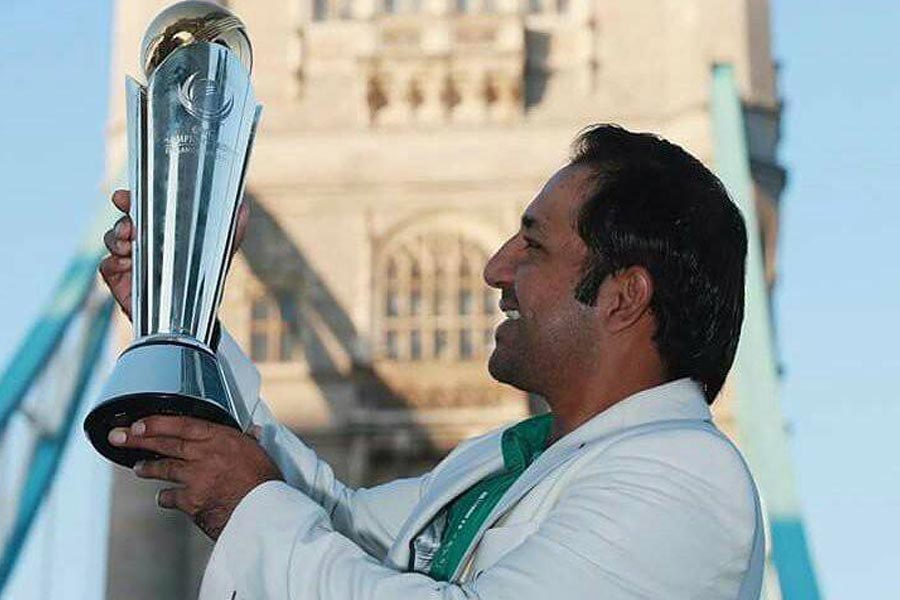In the 1990s, Pakistan’s cricket captaincy was a revolving door. After Imran Khan lifted the 1992 World Cup and his subsequent retirement, Javed Miandad, Wasim Akram, Salim Malik, Rameez Raja, Waqar Younis, Saeed Anwar, Aamir Sohail, Rashid Latif and Moin Khan got a shot at captaincy, before Inzamam ul Haq got a fairly long run in the 2000s. In fact, the only senior player of that generation to have missed out on captaincy was Ijaz Ahmed.
Post Inzamam, Younis Khan and the talismanic Misbah ul Haq too held the job for fairly long and successful terms—although the likes of Mohammad Yousuf, Shoaib Malik, Salman Butt, Shahid Afridi, Mohammad Hafeez and Azhar Ali have all captained Pakistan in one format or the other in the last decade.
The success of Sarfraz Ahmed in the shortest format (T20Is) prompted Pakistan to appoint him to lead the Test and One Day International (ODI) sides as well, replacing Azhar Ali, who was not able to replicate his success in the List A format in ODIs for Pakistan. And Sarfraz looked in command of the team and led Pakistan to thumping a win in the 2017 Champions Trophy in England, beating arch-rivals India in the final. He kept the job for a couple more years and was in charge the World Cup in 2019, but his batting tailed off in the interim.
Post the World Cup debacle, Sarfaraz Ahmed’s position as captain, batsman and wicket-keeper was hanging by a thread. After leading Pakistan in exactly 100 internationals, Sarfaraz was shown the door last week. While the decision has been taken on two formats–Tests and T20Is—for the moment, as Pakistan’s next ODI series is only in July next year, his fate is sealed in ODIs too.
Sarfaraz’s ouster was a touch predictable. Be it with the bat or the gloves, he was under the scanner in the recent past. Not only has Sarfaraz been stripped of captaincy, he has also been dropped from the side.
In 77 innings as captain since the start of 2017, the wicket-keeper batsman has mustered a mere 1679 runs at an average of 27.08. He’s remained unbeaten in 15 of those innings. As non-captain, Sarfaraz averages almost 40.96 in Test cricket, 34.83 in ODIs and 29.1 in the shortest format. As captain, the Karachi-born cricketer’s averages dip considerably in Tests and ODIs. Ever since he became a full-time captain in 2017, Sarfaraz has recorded an average of 25.81 in Tests and 28.60 in ODIs. His T20I average has come down to 26.64 as well. Moreover, he hasn’t scored a single hundred in any of the formats as captain.
Of late, Sarfraz has found it hard to force the pace towards the end of the innings in white-ball cricket. He promoted himself in a few games in the last series against Sri Lanka to get around that and, also to prove that he could bat at 4 like Mohammad Rizwan, the talented wicketkeeper-batsman snapping at his heels. However, Sarfaraz struggled to rotate freely and sucked the momentum out of the innings. Thus, it clearly showed that, Sarfaraz, the batsman, was woefully out of form. Moreover, his glove work behind the stumps also kept getting worse, adding insult to injury.
While Sarfaraz, the batsman, has struggled, Sarfaraz, the captain, hasn’t been doing well either. He often has this tendency of letting the game drift. His laid-back nature was in question on some occasions in the recent past. When Pakistan won the Champions Trophy in 2017 under him after a disastrous start, it did look like he is here to stay. However, two years down the line, another Pakistan captain has come and gone.
The case with Sarfaraz has been curious. While he has been poor in the longer two formats (Tests and ODIs), his record as T20I captain is very good. In 37 T20Is that he led Pakistan, he tasted victory in 29 of those. After the debacle in the 2016 World T20, he led the change for Pakistan in the shortest format. It was under his reign, the team rose to the No 1 ranking in the ICC Rankings.
But it is his form with the bat that has cost him big time. Moreover, his successor Mohammad Rizwan seems to be warming the benches for way too long now. Rizwan has been scoring tons of runs in domestic cricket and has a much superior batting record in both First Class and List A levels compared to Sarfaraz.
It was in 2015 that Rizwan made his international debut against Bangladesh in a T20I. He has played 32 ODIs and 13 T20Is but most of them before Sarfaraz became captain. The Peshawar-born stumper was reduced to a second-choice keeper and was hardly considered as a pure batsman despite his stunning record.
In fact, Rizwan has played only when Sarfaraz was suspended or when he was rested which was earlier this year. The 27-year-old played a couple of ODIs in South Africa before playing the full five-match ODI series against Australia where he scored two centuries. Yet, he was ignored for the World Cup. But now is the time for Rizwan. Having scored a plethora of runs in domestic cricket, he will finally get his chance (once again) at the highest level.
Captaincy-wise, Azhar Ali has been made the Test captain while Babar Azam has ascended to the throne in the shortest format. There will be questions raised on both those choices. Well, Azam not as a player (he’s Pakistan’s best batsman across formats) but as captain. The Pakistan No 3 is the top-ranked T20I batsman (despite a middling strike rate) and is soon climbing the charts in the longest format as well. But the inevitable question will arise, will the extra burden and responsibility of captaincy affect his batting?
On the other hand, Ali has struggled in Test cricket over the last couple of years. Under Sarfaraz, he averages just 28 from 13 Test matches. It was worse when Pakistan travelled to South Africa for their last Test series when Ali scored a mere 59 runs from six innings, averaging fewer than 10. Hence, with the World Test Championship underway and Pakistan touring Australia in their first series, can Azhar Ali get back to his best? Moreover, at 34, Ali is not getting any younger.
Thus, while the sacking of Sarfaraz is entirely justified, there are multiple questions and doubts that loom over Pakistan cricket. Will this be the beginning of another phase of revolving door captains in Pakistan cricket?
Edited by Anand Kochukudy







